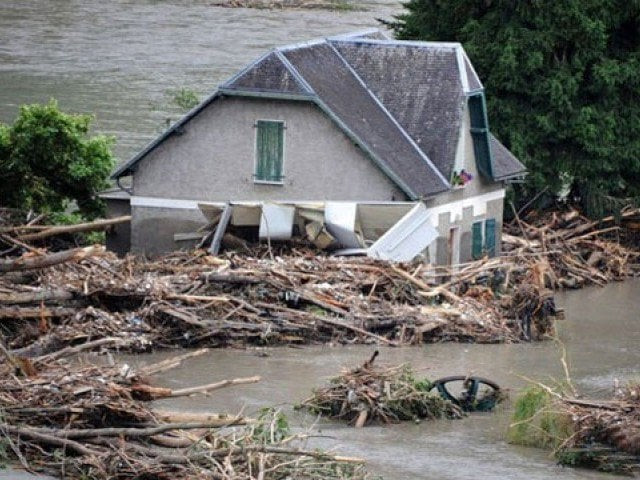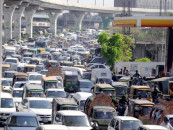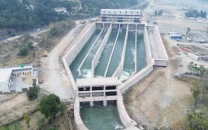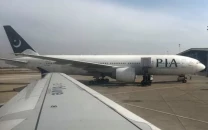South Asia flooding
The biggest challenge for officials in Nepal is to send food and relief materials to people in flood-hit areas

PHOTO: AFP
Bangladesh is not far behind: disaster management officials estimate that one-third of this low-lying delta nation is already flooded. Approximately 1.5 million Bangladeshis have been marooned or stranded by the flooding. But mercifully Bangladesh has seen fewer deaths than Nepal or India, which has better resources than the flood-hit countries.
The biggest challenge for officials in Nepal is to send food and relief materials to people in flood-hit areas. In the last few days, Kathmandu has had to contend with a barrage of criticism over its inadequate response. Part of the problem is the enforcement of a one-door policy under which all aid for flood victims has to go through a government-run central disaster agency. In the present circumstances the policy is bound to have a profound effect on the delivery of relief supplies, slowing down the passage of humanitarian aid to those who need it urgently. This is hardly a way to deal with any kind of emergency.
Once the flooding eases up in these three countries, their administrations will have to brace for yet another challenge — how to shield the survivors and victims from contagious diseases in the aftermath of the disaster. That will prove to be quite a test.
Published in The Express Tribune, August 16th, 2017.
Like Opinion & Editorial on Facebook, follow @ETOpEd on Twitter to receive all updates on all our daily pieces.














COMMENTS
Comments are moderated and generally will be posted if they are on-topic and not abusive.
For more information, please see our Comments FAQ